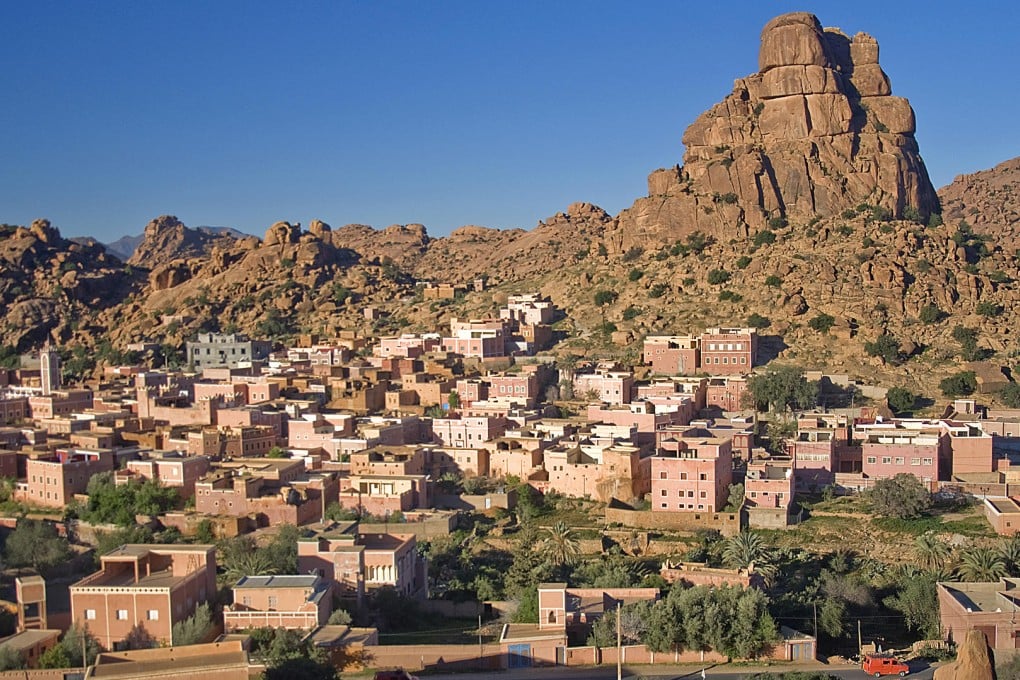You'd have to be crazy to drive in Morocco, discovers Tim Pile
A car journey through Morocco's interior reveals a landscape of ancient ruins, snowy peaks, Game of Thrones sets - and myriad hazards. Words and pictures by Tim Pile

I'm not really supposed to be in Marrakesh. The plan was to fly in, hire a car and head straight for the hills. But the Red City is not a place you bypass.
There's enough to keep the inquisitive visitor busy for weeks but if time is limited, make your way to Jemaa el Fna at dusk. Hypnotic drumming and the reedy wailing of snake charmers' flutes assault the ears before you even reach the legendary square.
The cacophony gets louder as you pass Koutoubia Mosque and then the onslaught begins in earnest. Magicians mesmerise and acrobats tumble. Storytellers captivate and musicians chase anyone who photographs them without handing over a dirham or two. Even the sun seems disinclined to leave the spectacle, reluctantly dipping behind the graceful Islamic architecture in a lingering explosion of amber.
Marrakesh steps up a gear after dark. Shoppers swarm around the souks; pavements are packed; and the roads are like racetracks filled with bumper cars. Frequent scrapes, prangs and collisions attract crowds of rubberneckers, who gather around the feuding protagonists to help decide who should compensate whom. Only a fool would attempt to drive in Morocco.

The next morning at the car rental office I study the vehicle insurance small print as if my life depends on it - which it does. I sign up for enhanced cover (desert mishap indemnity, camel damage waiver) and sneak out of the city before the world's wackiest rush hour starts.